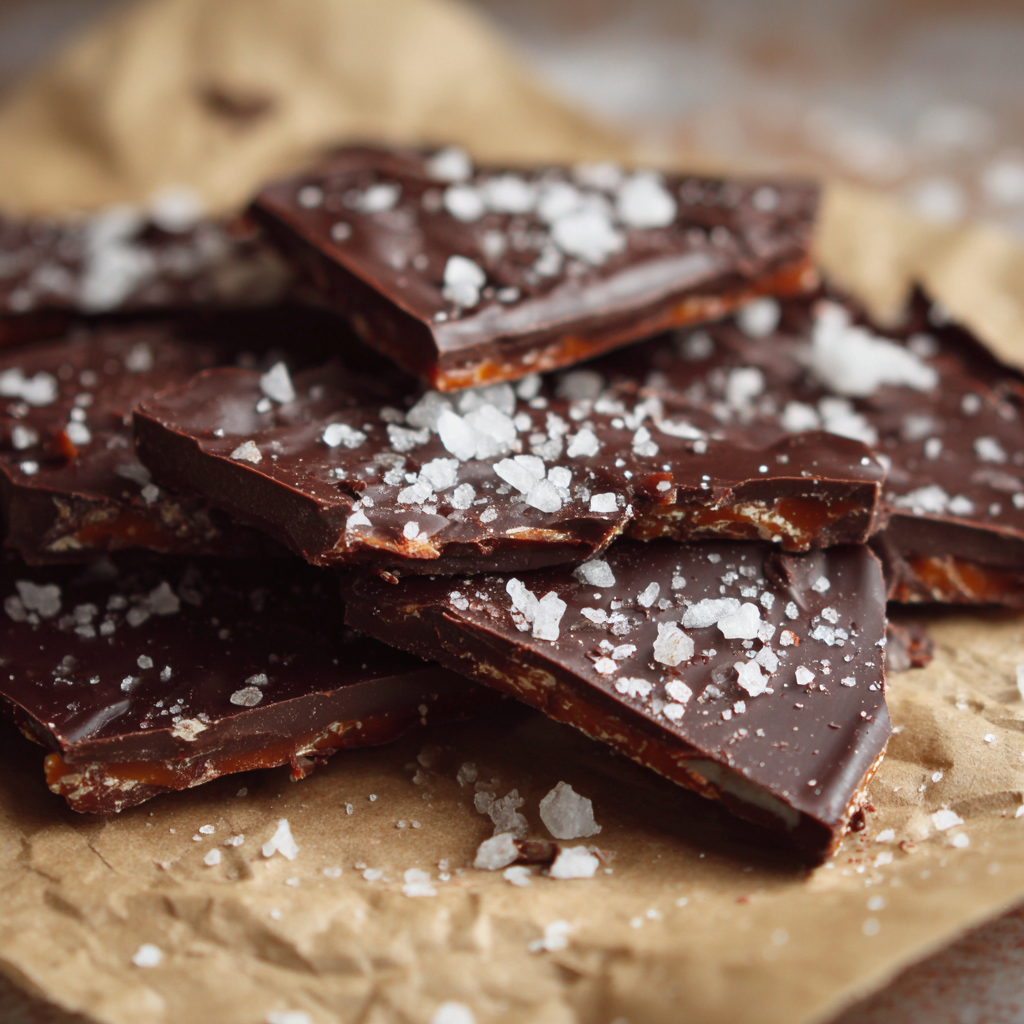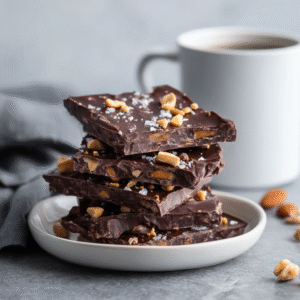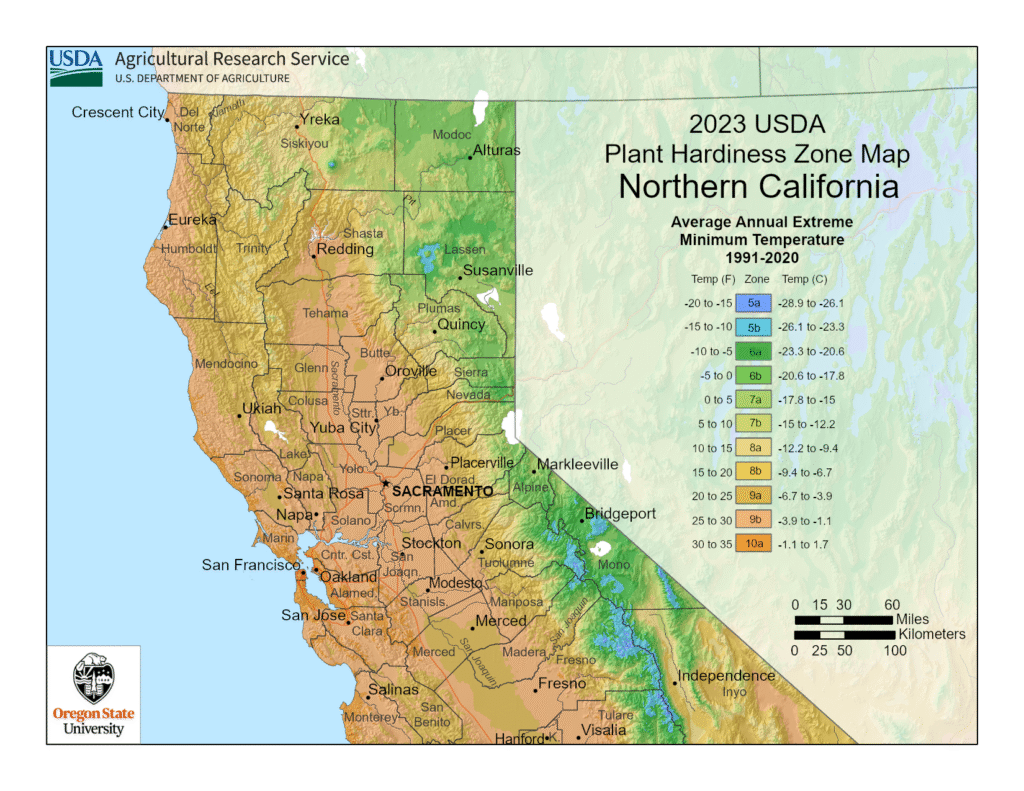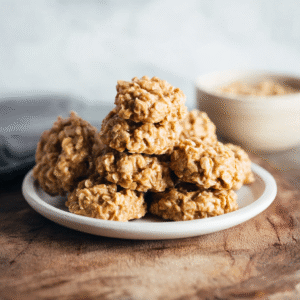There’s something unexpectedly charming about stumbling across a Medjool date palm at a local farmer’s market, especially when you’ve got two curious kids in tow. I still remember the first time I spotted those wrinkled, glossy dates piled high in rustic baskets. My son Jack asked, “Is that a giant raisin?” while Emma just tried to sneak one into our bag when I wasn’t looking. We ended up buying a few to try, and by the time we got home, we were all hooked. Sweet, sticky, almost caramel-like—those little fruits changed the way I looked at “healthy snacks.”
Of course, being the food lover I am, I had to dig deeper. Where did they come from? Were they always this soft and sweet? And how on earth did something that grew on a towering palm tree end up tasting like nature’s candy?
That one bite turned into a rabbit hole of learning about the Medjool date palm—how it’s grown, what makes it different, and why it’s such a gem not just in the kitchen, but in backyards and gardens across the Southwest. If you’ve ever been curious about this magical tree or just want a good reason to add more dates to your meals, stick around. You’re in for a sweet story.
Want to see how real home growers are sharing their date palm setups? Join the conversation on our Facebook page for growing tips, snack ideas, and a behind-the-scenes look at our kitchen garden.
Table of Contents
Table of Contents
A Sweet Beginning—My First Medjool Moment
From Tree to Table: A Family Memory Rooted in Sweetness
The first time I brought home Medjool dates, I didn’t know they came from such a regal-looking tree. My kitchen counter just saw a little bowl of chewy treats. It wasn’t until we visited a small orchard outside of Phoenix that I saw one in person—a Medjool date palm, tall and proud, with clusters of golden-brown fruit hanging like ornaments. Jack was fascinated by the ladders strapped to the trunks, used to hand-harvest the dates. “People climb those?” he whispered like it was some grand adventure. And in a way, it is.
That moment clicked something in me. We often forget that even the snacks we toss into lunchboxes have a backstory—and the Medjool palm’s story is surprisingly rich. These majestic trees don’t just grow dates; they grow memories. The kind you pass down with recipes and Sunday snack bowls.
What is a Medjool Date Palm, Really?
Known scientifically as Phoenix dactylifera ‘Medjool’, the Medjool date palm is a cultivar of the date palm family prized for its juicy, oversized fruit. Originally from Morocco, these trees found their way to the United States in the early 20th century and now flourish in warm regions like California and Arizona. Unlike ornamental palms, Medjools are grown for fruit production, producing dates that are soft, rich, and naturally sweet—no added sugar required.
They’re not just pretty to look at either. Medjool palms can reach up to 80 feet tall, live over a century, and produce hundreds of pounds of fruit per season. They’re also a little high-maintenance, needing skilled hand pollination and harvesting. But what they give back? Pure, sticky-sweet treasure.
Curious what all the fuss is about? You can taste the goodness in recipes like our Chocolate Date Bark, where every bite tells part of the tree’s delicious story.


Chocolate Date Bark: A Decadent No-Bake Treat
Ingredients
- 12 Medjool dates pitted
- 1/2 cup peanut butter or almond/sunflower butter
- 1/2 cup dark chocolate chips
- 1 tsp coconut oil optional
- Toppings: sea salt chopped nuts, toasted coconut
Instructions
- Line a baking tray with parchment paper.
- Flatten dates and press them into a rectangle base.
- Spread peanut butter evenly across the dates.
- Melt chocolate with coconut oil in microwave.
- Pour melted chocolate over the top and smooth it out.
- Add toppings while chocolate is still warm.
- Freeze for 15–20 minutes until set.
- Break into bark pieces and serve or store.
Notes
Optional toppings (nuts, coconut, etc.) are not included in the values above.
This recipe is naturally gluten-free and vegan when made with certified ingredients.
Stores well in fridge for 1 week or freezer for up to 1 month.
Nutrition
(Nutrition is estimated and will vary based on actual ingredients used)
Growing Curiosity – Nature, Height & Zones
Where Do Medjool Date Palms Grow Best?
If you’ve ever driven through parts of California’s Coachella Valley or southern Arizona, you’ve likely seen rows of tall, stately palms waving in the desert heat. Those aren’t just pretty landscaping—they’re likely Medjool date palms. These trees love hot, dry weather and thrive in USDA hardiness zones 9 through 11. That means they do best in climates where winters stay mild and summers bring the heat.

They need full sun, sandy or loamy well-draining soil, and a bit of space to stretch. And by stretch, I mean they can grow over 70 feet tall once mature! It’s no wonder they’re often called the “king of dates.” If you’re dreaming of growing your own, you’ll need some patience—and probably a tall ladder—but in the right zone, it’s definitely possible.
If you’re not up for planting a full-sized palm in your backyard, no worries. You can still enjoy the fruit’s magic in your kitchen. These healthy no-bake desserts are a great place to start.
H3: How Fast Do They Grow?
Here’s the thing about Medjool date palms—they don’t like to be rushed. These trees grow at a moderate pace, usually about 12 to 18 inches per year. But the real waiting game? Fruit production. A young palm can take six to eight years before producing its first harvest-worthy batch of dates, and even longer to reach peak yield.
But once they do, it’s worth it. A single mature palm can produce over 200 pounds of dates per year, if well-cared for. That’s a lot of potential for delicious kitchen experiments! Plus, their towering fronds and thick trunk make them a beautiful addition to any warm-climate garden.
If you’re more into eating dates than growing them (I see you!), don’t miss our guide on Medjool Dates Nutrition Facts. It breaks down all the good stuff packed into these sweet little fruits.
Medjool vs Other Date Palms – Know the Difference
What Sets Medjool Apart From Sylvester or Zahidi Palms?
Not all date palms are created equal. While many types exist, the Medjool date palm stands out for one main reason: the fruit. Medjool dates are larger, softer, and naturally sweeter than other varieties. If you’ve ever bitten into a Zahidi date, you’ll know it has a firmer texture and milder flavor. Useful, sure—but not exactly the chewy, caramel-like treat that Medjools are famous for.
Then there’s the Sylvester palm, often mistaken for Medjool at a glance. The difference? Sylvester palms (also known as silver date palms) are usually grown as ornamentals. They do bear fruit, but it’s drier and not as commonly used for snacking or cooking. Medjool palms, on the other hand, are specifically cultivated for their prized fruit—dates that practically melt in your mouth.
Next time you’re browsing the produce aisle or planting a tree, know that the Medjool date palm brings both beauty and bounty. And if you’re after a snack that’s naturally sweet and satisfying, skip the Sylvester and go straight for Medjool.
Need inspiration for using those premium dates? Start with this Vegan Date Bark—it’s simple, crave-worthy, and showcases the Medjool difference.
Are All Date Palms Edible?
The short answer: pretty much, yes. Most date palm varieties produce edible fruit. But not all of them are ideal for everyday snacking or dessert-making. Some, like the Deglet Noor, are firmer and drier—better suited for baking or industrial use. Others, like the Medjool, are considered the gold standard for fresh eating thanks to their soft texture and rich flavor.
It’s a bit like comparing a mealy apple to a crisp Honeycrisp. Technically both are apples, but only one has people lining up at the orchard.
So while yes, you can eat dates from many palm trees, there’s a reason why Medjool dates are so prized. They’re harvested at the “rutab” stage—when they’re soft, moist, and just shy of jammy. That’s what gives them that unforgettable mouthfeel and taste.
Curious about what these fruits can do beyond snacking? Our Medjool Dates Benefits article breaks it all down—from digestion to natural energy boosts.
FAQs Answered – The Sweet Truths
Do Medjool Dates Grow on Palm Trees?
Yes, absolutely. Medjool dates grow in big, drooping clusters on the Medjool date palm—a type of fruit-bearing palm that thrives in hot, dry climates. These trees are dioecious, meaning there are separate male and female trees. Only the female trees bear fruit, but they need pollen from a male to do so—usually provided by hand.
In commercial farms, workers carefully hand-pollinate each tree and harvest the dates using lifts or ladders. It’s labor-intensive, but the result? Those sticky-sweet dates we know and love.
For a treat that honors their rich origin, our Date Bark recipe is a pantry-friendly, no-bake way to enjoy them any day of the week.
Why Are Medjool Dates So Expensive?
Unlike machine-harvested fruits, Medjool dates require a personal touch—literally. Each date must be hand-picked, sorted, and packed to prevent bruising. The palms also need consistent pruning, watering, and careful pollination. Add in their slow growth and the fact that they can take up to a decade to reach full productivity, and you’ve got a fruit that’s equal parts delicious and demanding.
In return, though, you get a naturally sweet, rich-tasting fruit that doesn’t need any added sugar. Think of them as nature’s dessert—and a very hardworking one at that.
If you’re wondering how many to enjoy without overdoing it, check out How Many Medjool Dates Per Day. Spoiler: a little goes a long way.
Can You Eat Dates From a Date Palm?
Yes, most dates from date palms are edible. However, the quality and flavor can vary wildly depending on the variety. Medjool dates are soft and sweet, Deglet Noor are firm and semi-dry, and other varieties may be too fibrous or dry to eat fresh.
Unless you’re a seasoned forager, it’s best to stick with trusted varieties like Medjool that are grown and harvested for eating. You’ll enjoy them more, and they’re often safer too (especially if you’re unsure of the tree’s condition).
Want a fun and fast way to enjoy your next handful? These 3-Ingredient No Bake Cookies let Medjool dates shine with minimal effort.
What Is the Difference Between Medjool and Date Palms?
This is a common point of confusion. “Date palm” is a broad term that refers to the species Phoenix dactylifera, which includes many cultivars. “Medjool” is one of those cultivars—arguably the most famous for its soft, rich fruit. So all Medjool palms are date palms, but not all date palms are Medjools.
It’s like saying all Granny Smith apples are apples, but not all apples are Granny Smiths.
And when it comes to recipes, Medjool’s soft texture makes them the go-to for desserts, smoothies, and naturally sweet snacks.
Looking for a guilt-free bite? These Healthy No Bake Desserts are an easy way to bring Medjools into your kitchen.
Conclusion: Why It’s More Than Just a Tree
Learning about the Medjool date palm has made me appreciate so much more than just its fruit. It’s a reminder that real food comes from real places—with sun, patience, and care. Whether you’re planting one in your yard or just tucking a few dates into your lunchbox, you’re part of a story that spans centuries and continents.
And in our house? That story often ends with sticky fingers, satisfied smiles, and a batch of something sweet on the table. Just like it did the first time we discovered them at the market.
Next time you reach for a Medjool, you’ll know exactly where it came from—and why it’s worth every bite.
Looking for date-inspired snacks and naturally sweet dessert boards? Follow our Pinterest page for Medjool date bark, no-bake bites, and everything in between.



